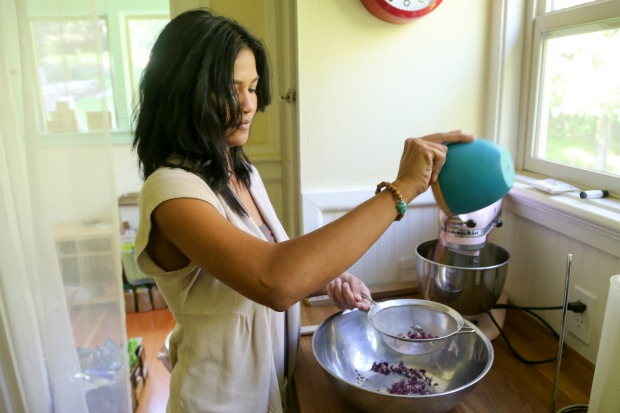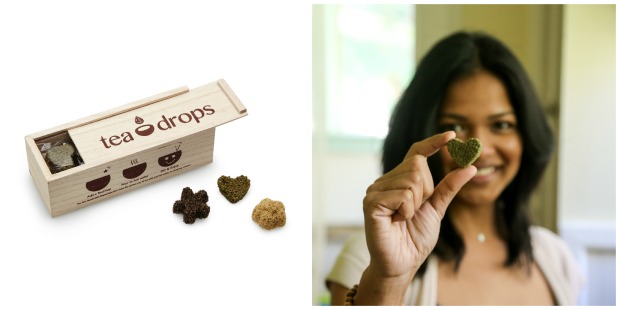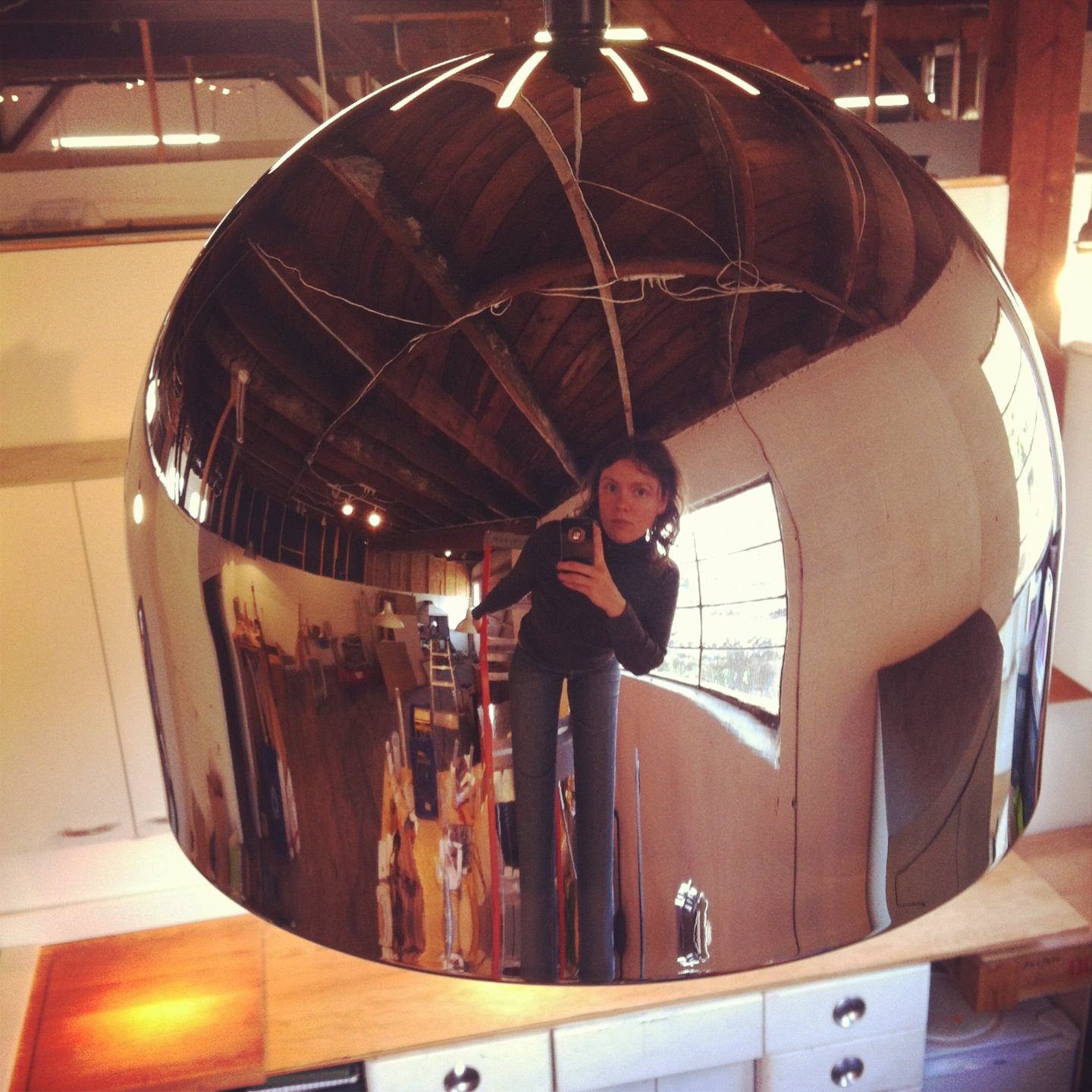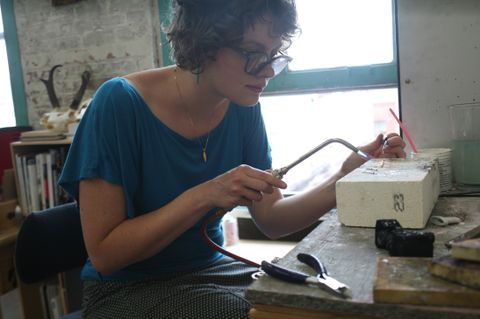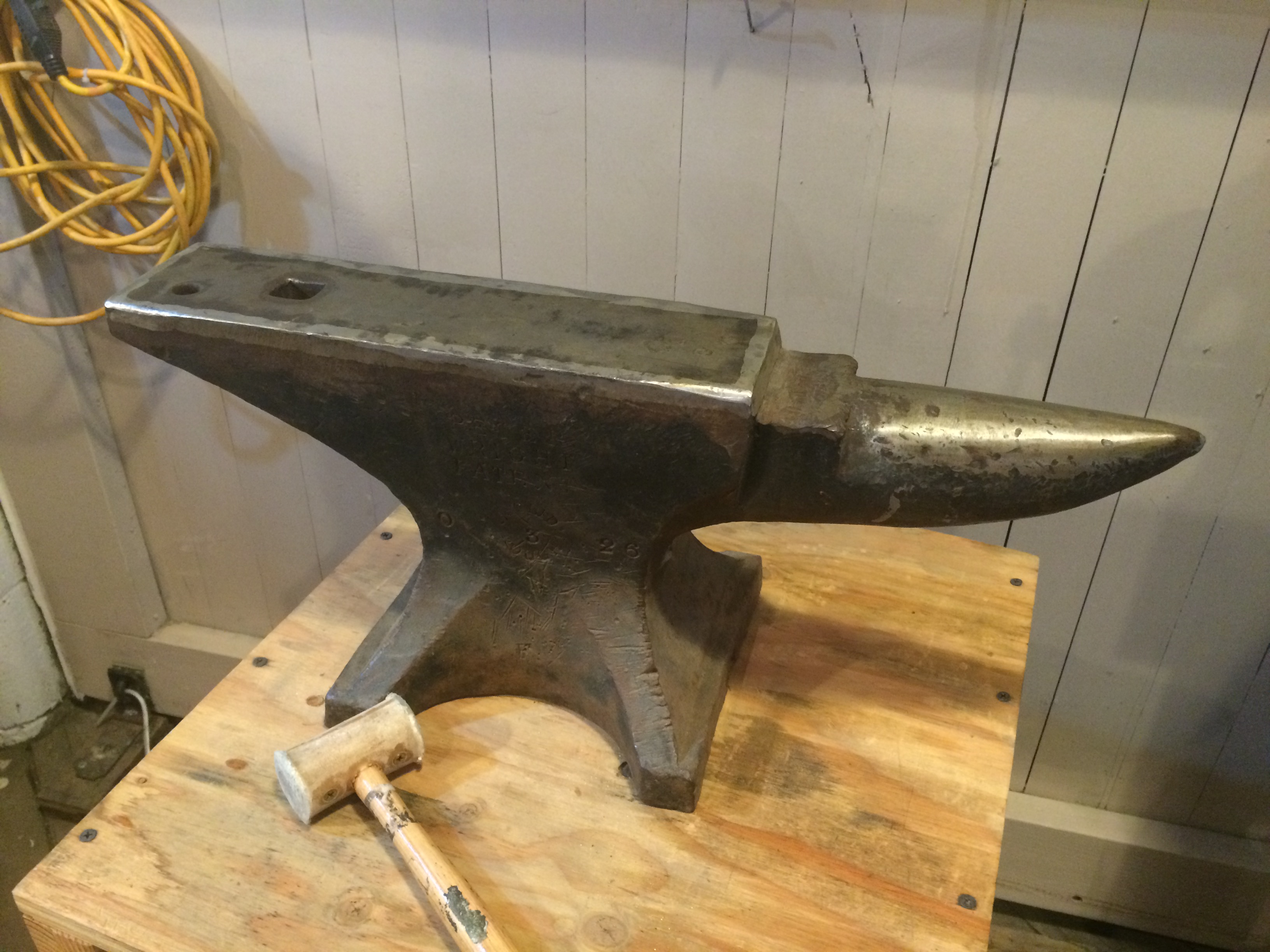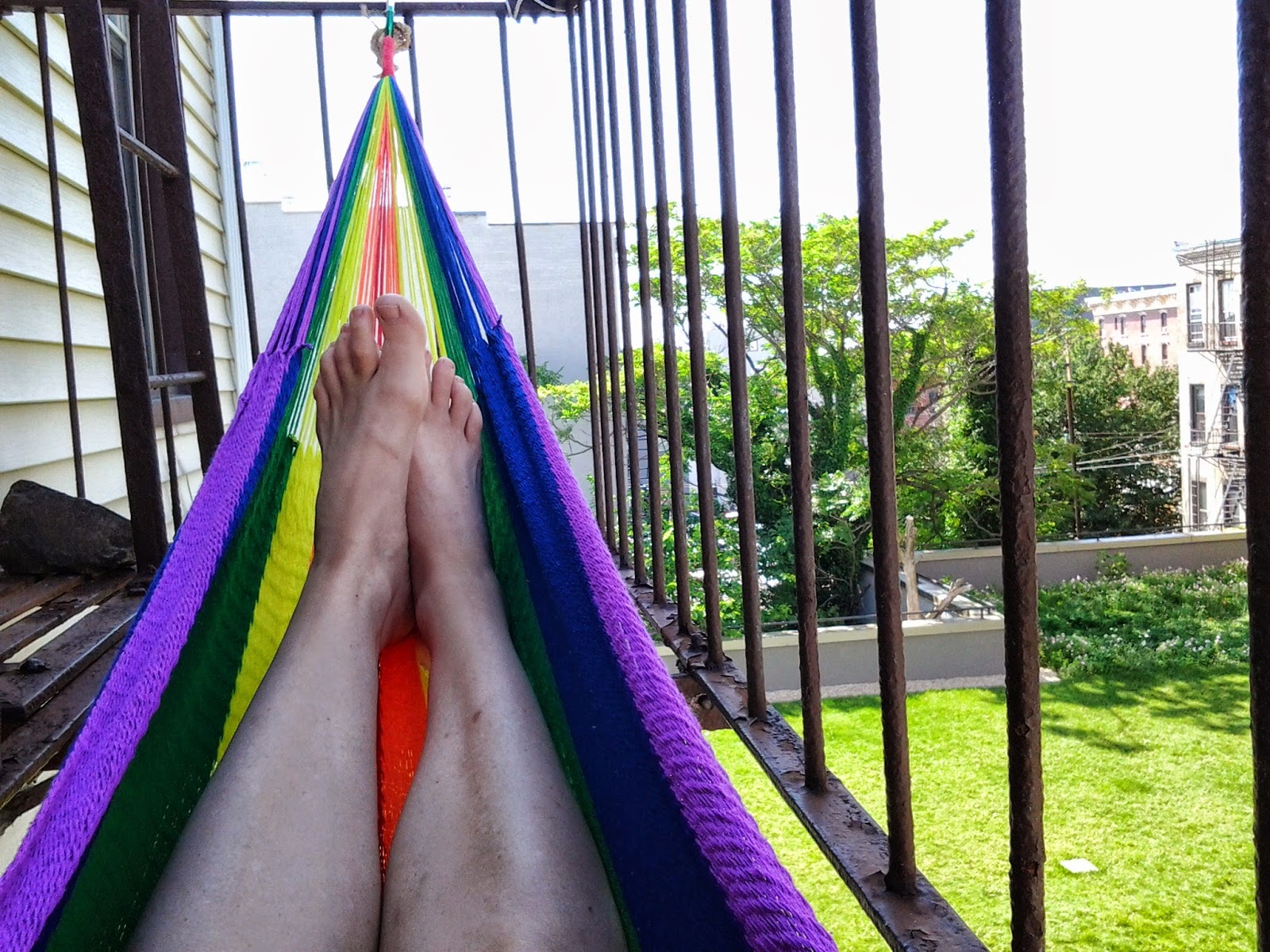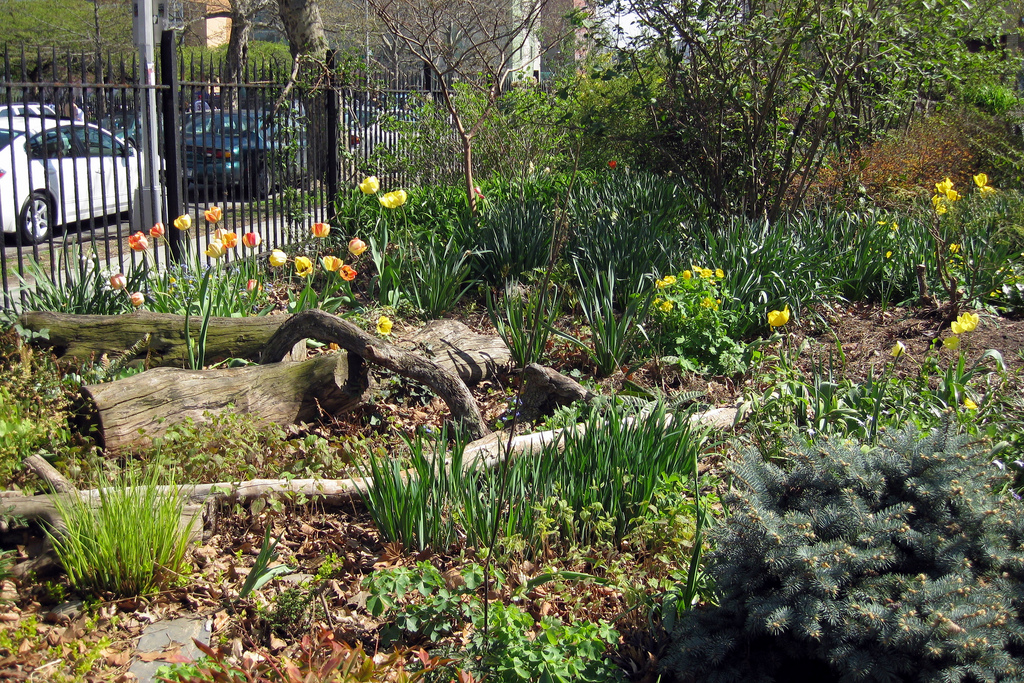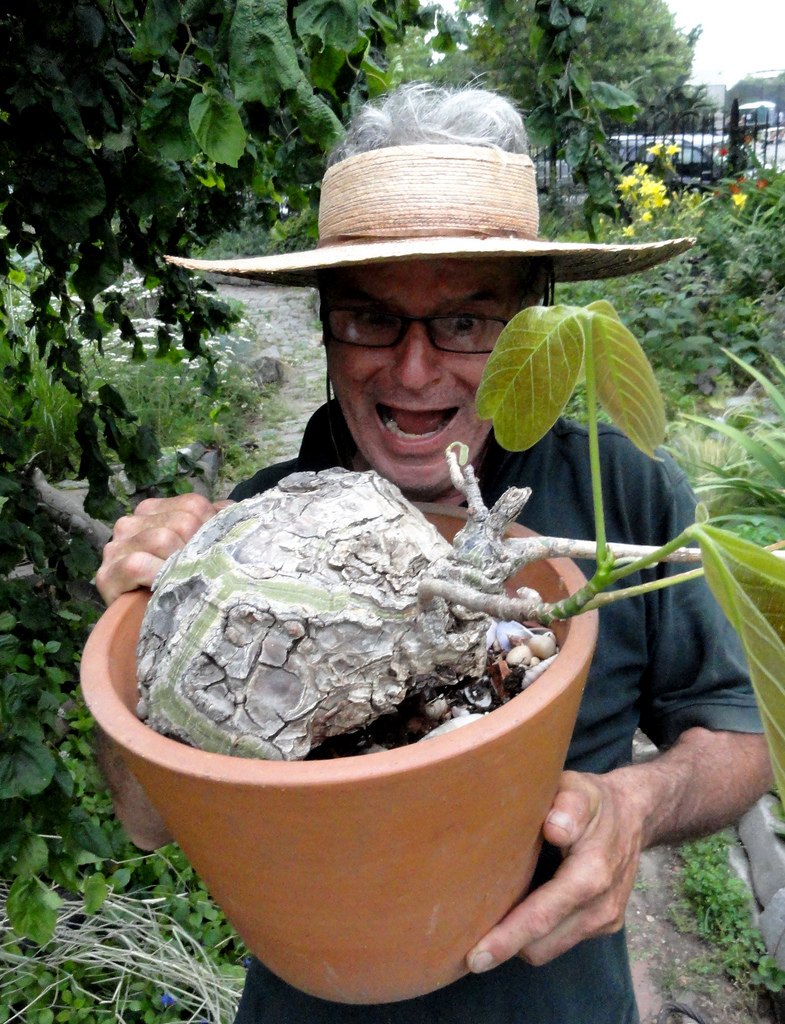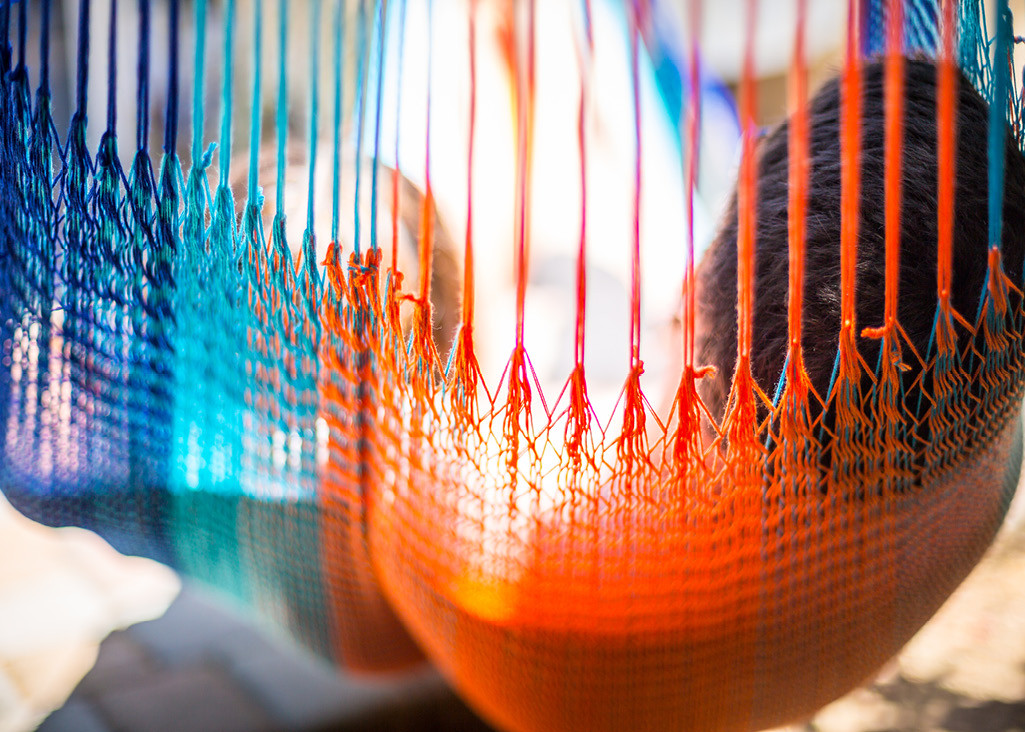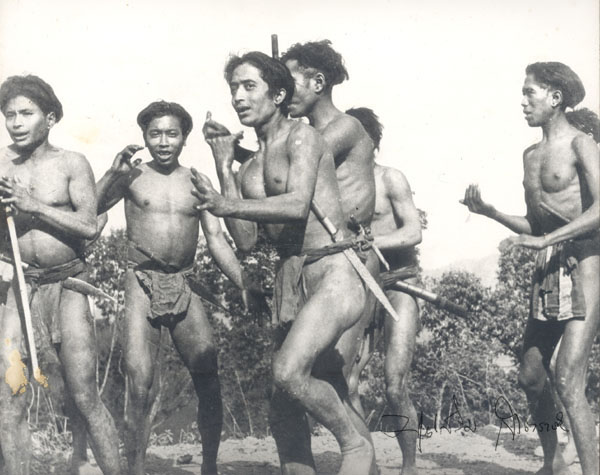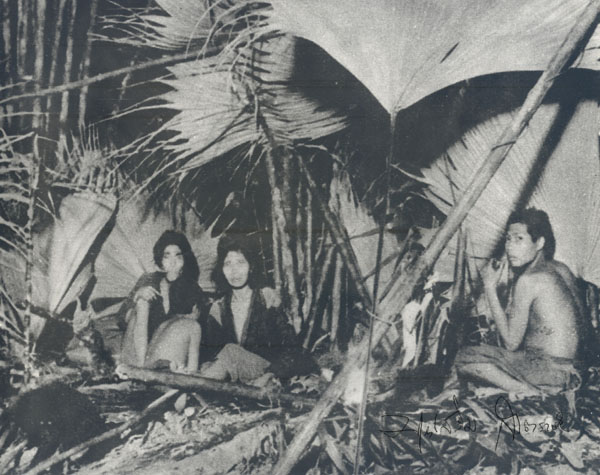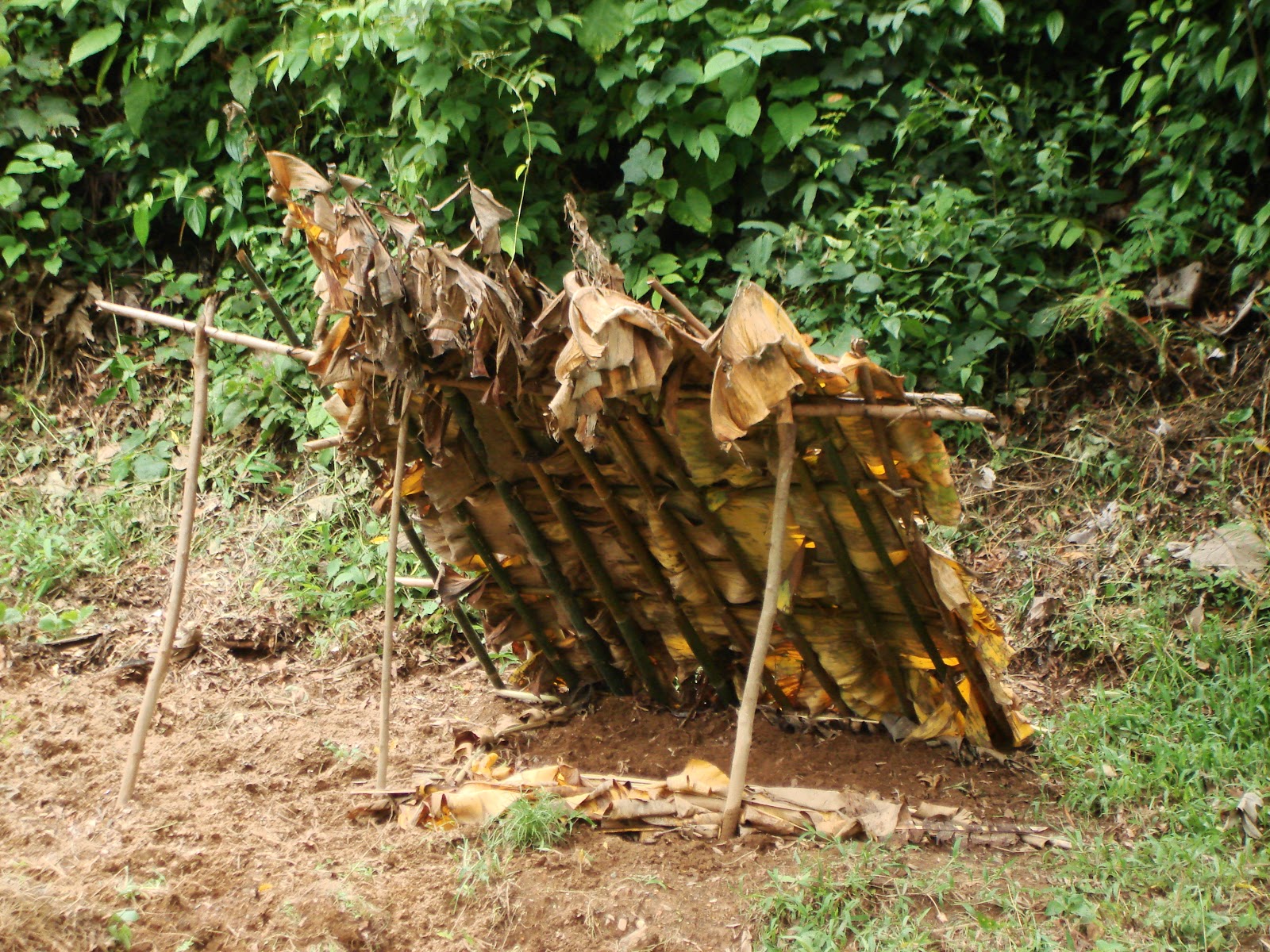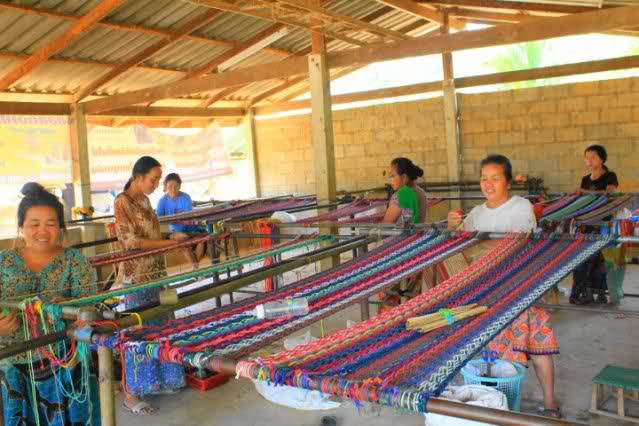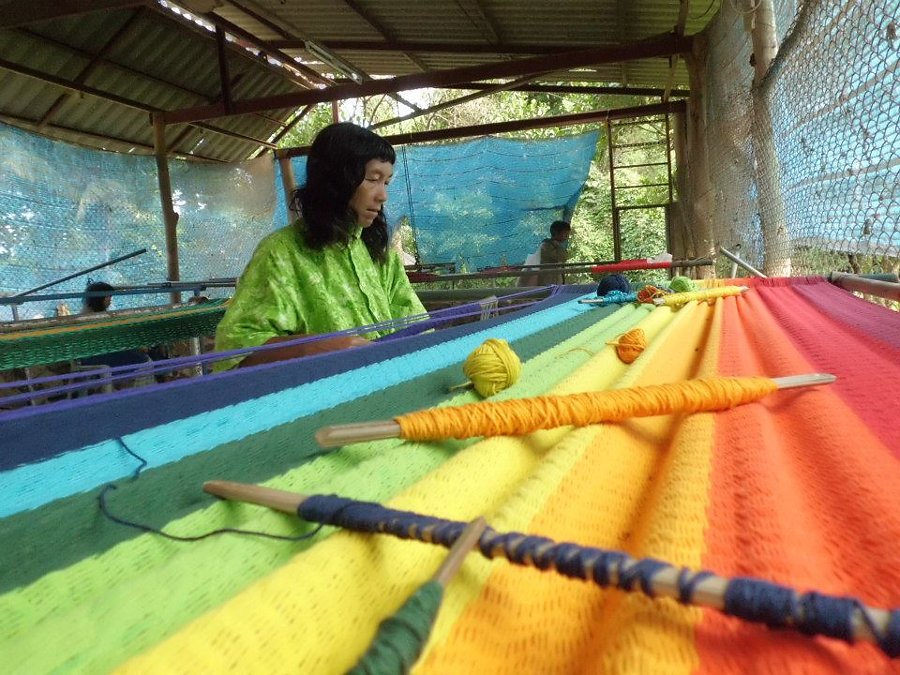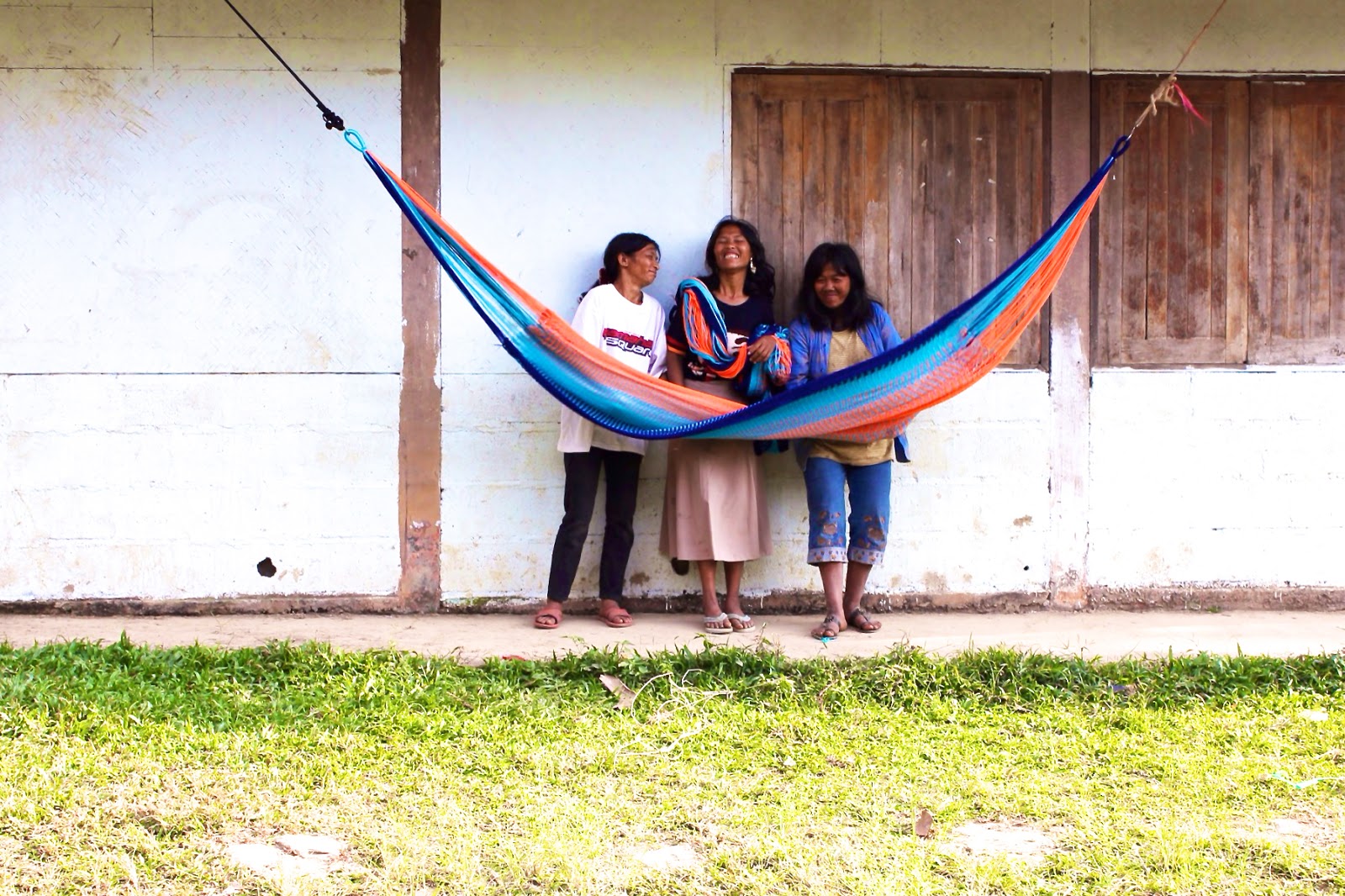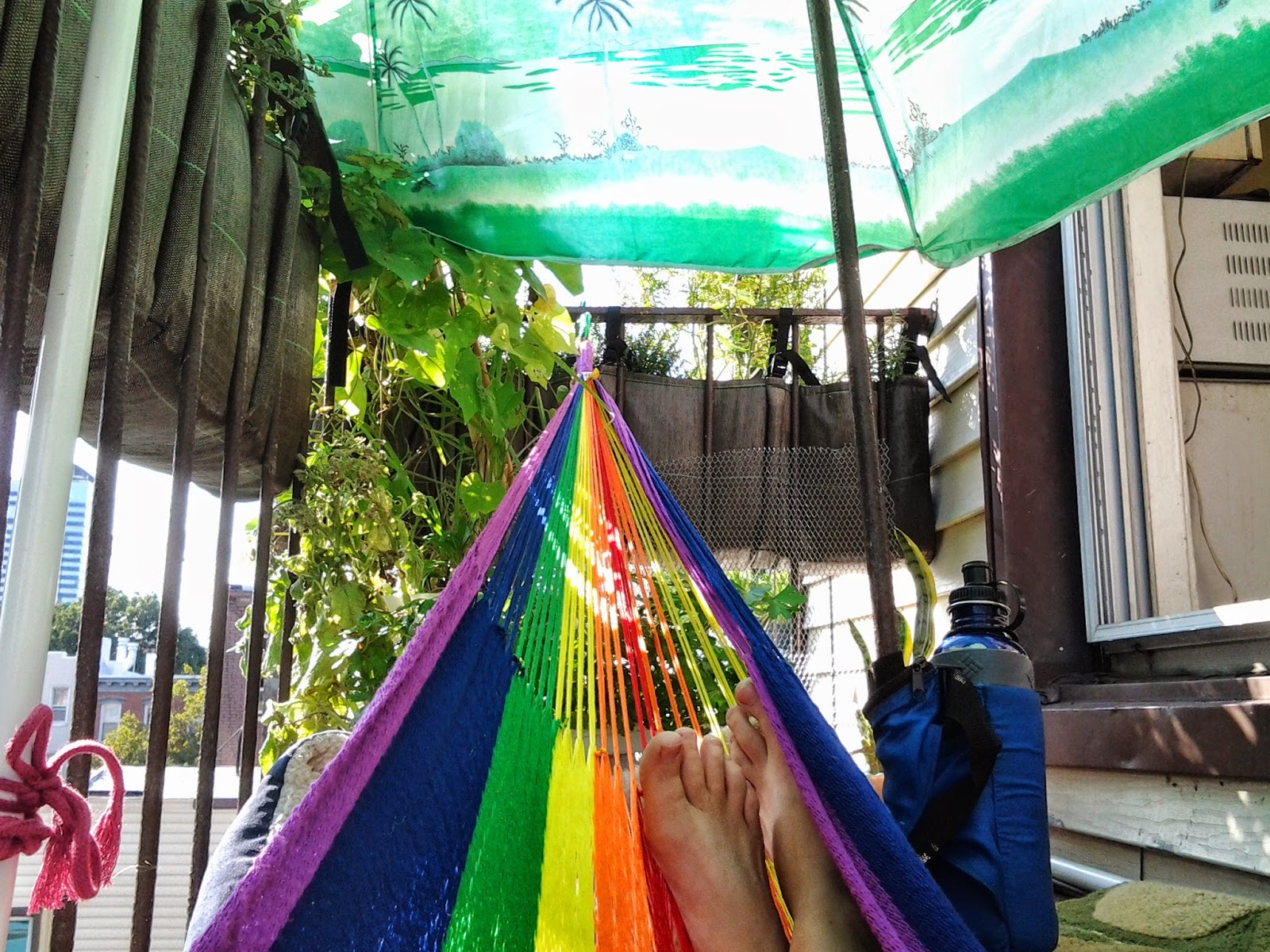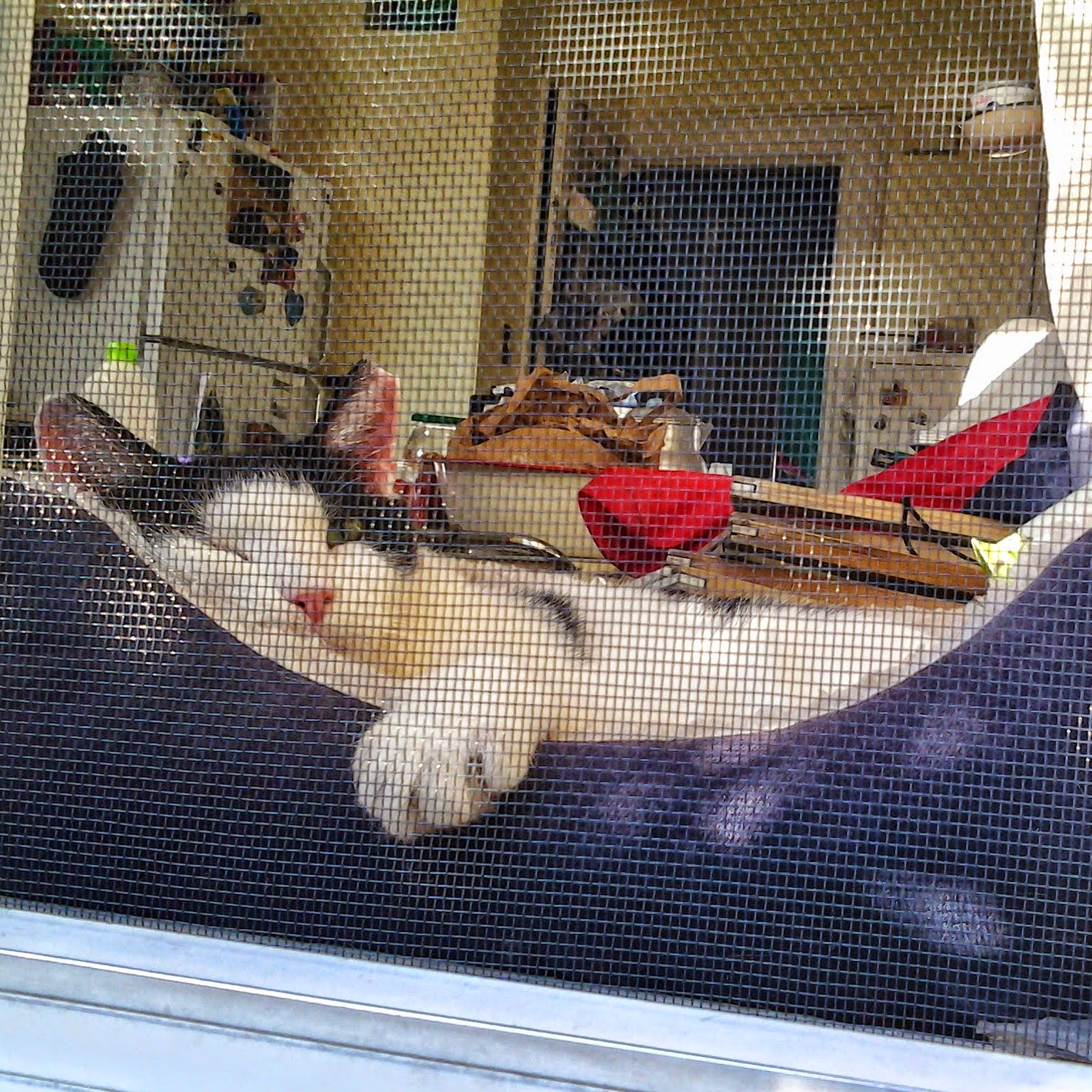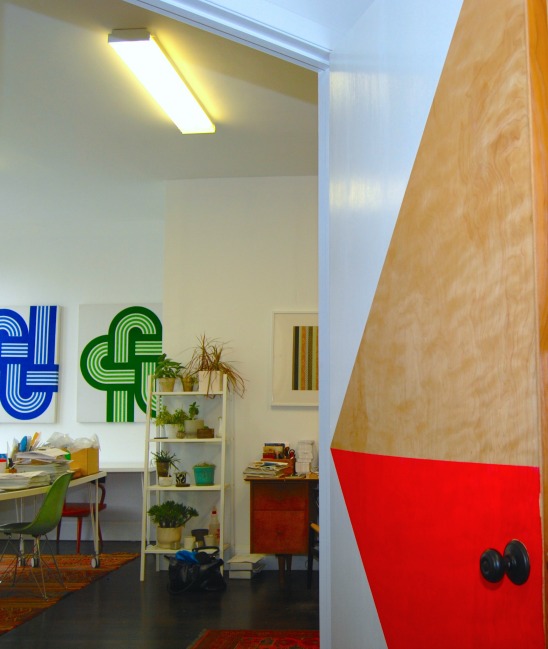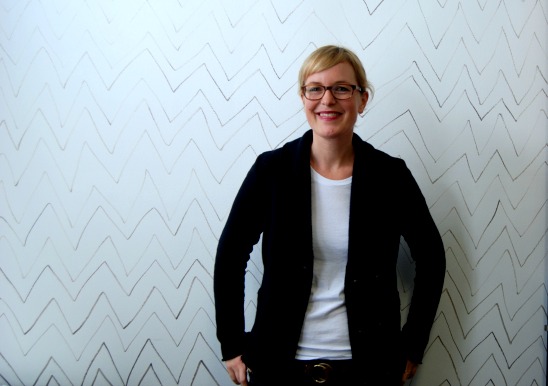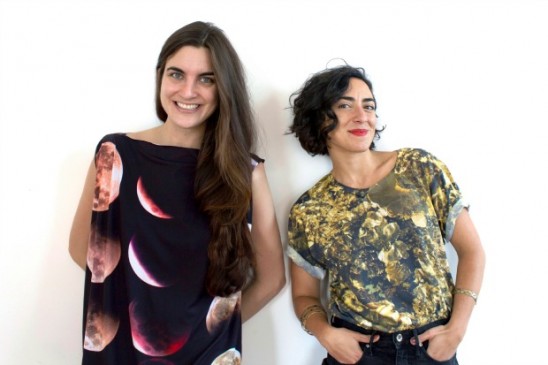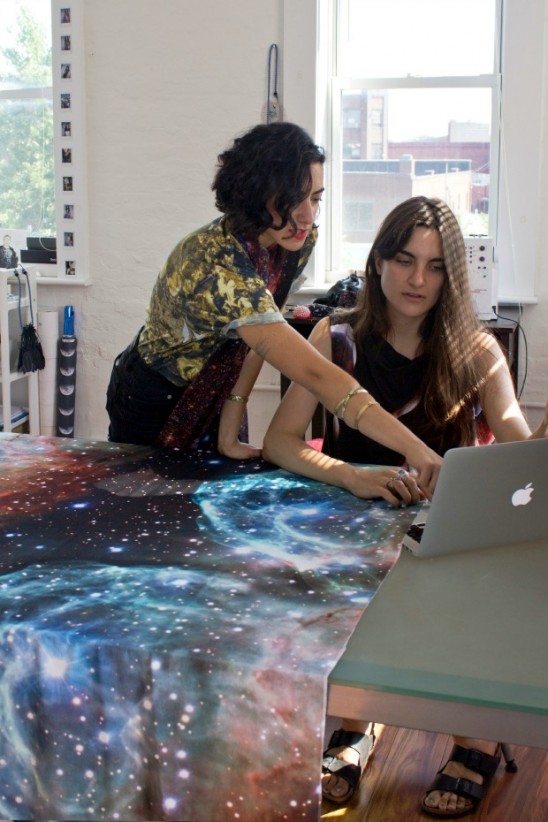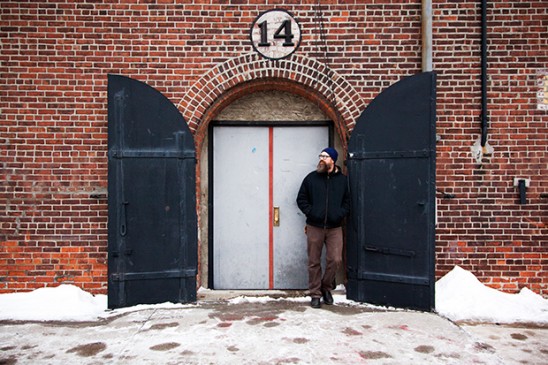Our makers never fail to motivate us, encourage our creativity, and fill us with inspiration. So, when a new design enters our assortment, we’re always excited to learn more about the person behind the product.
What gets an artist going and keeps them creating is certainly worth sharing, and every great connection starts with a simple introduction. Meet Sashee Chandran, the maker behind our new Tea Drop Sampler.
Photo by Diego Jimenez/@dejota3
When did you know you wanted to work in tea?
I was always drawn to the intimate and communal nature of tea, and its ability to strengthen the bonds of friends and strangers alike. Throughout my life, I have fantasized about owning a tea shop. I even kept a little booklet on hand for when I felt inspired to write down what my tea shop would serve. Later, through my natural inclination to make, share and talk tea with others, I came across many who found the traditional tea rituals too daunting or time consuming. With these challenges to overcome, Tea Drops was born. It would be the first tea to create an all encompassing experience with the rich taste and tradition of loose tea, and a pinch of raw organic sugar for a no-fuss preparation.
What was the most exciting thing about becoming an entrepreneur?
The most exciting part is knowing that on a daily basis, I am tackling the challenge of making tea more accessible and enjoyable to people, and little by little I’m making progress on that goal. It isn’t about meeting one huge goal, it’s really about accomplishing small victories along the way. My team and I use the hashtag #smallvictories a lot, to celebrate something as simple as an easy craft fair set up to gaining a new retail account.
What does your typical day in your workspace look like?
I’m incredibly lucky to work out of a certified kitchen in the beautiful hills of Los Gatos, California. We peer out our kitchen window and have a stunning view of deer, trees, and other natural beauty as we grind our organic tea and spices. We are embraced by the delcious scents of tea and spices all day. We also have a packaging area where we prep and wrap all of our teas by hand so they are ready to be shipped and enjoyed by you!
Photo by Diego Jimenez/@dejota3
Is there a trinket, talisman, or other inspirational object you keep near? If so, what is it and what does it mean to you?
I take my Khordz Mug everywhere with me. I drink an insane amount of tea per day (10-15 cups), so it’s critical I have a portable tea cup that can go anywhere with me, no matter what the activity. It’s like my blanky.
Imagine you just showed your work to a kindergartner for the first time. What do you think he/she would say?
“Oooooh. How coool. YUMMMY, too.”
We actually have a lot of kids who come up to our booth at various craft shows, and we always demo how our Tea Drops dissolve in hot water. They are both amazed, intrigued, and love the taste as well. It’s wonderful to see parents sharing the love of tea so early on.
Right photo by Diego Jimenez/@dejota3
What quote or mantra keeps you motivated?
I actually have many. Here are a few of my favorites:
“As you walk, the way appears.” – Rumi, Persian poet and Sufi master
Fear is obviously a huge factor that can hold you back. I always love being reminded that I do not need to have all of the answers when I continue on my journey. I have to have faith that guidance will appear the more entrenched I become in my path/work.
“I don’t want no mediocre.” –T.I., Rapper
My small team and I often blast this song when prepping for a show or order, because quite frankly, we can’t tolerate medicore.
“Nothing in this world will take the place of persistence. Talent will not. Genius will not. Education will not. Persistence and dedication alone are omnipotent.” – President Calvin Coolidge
It’s pretty self-explanatory – persistence is key. Especially when I feel intimidated, I always have to remember that.
Video courtesy of Ezra Productions


